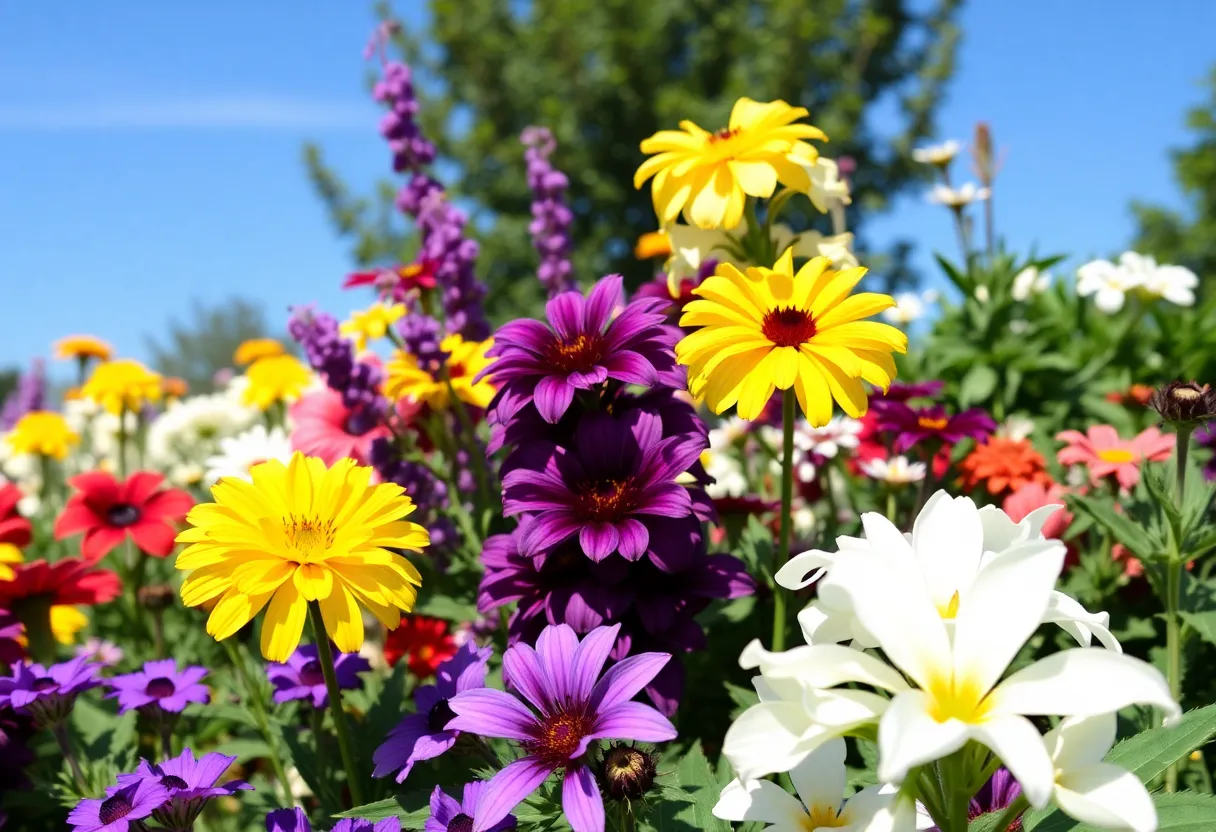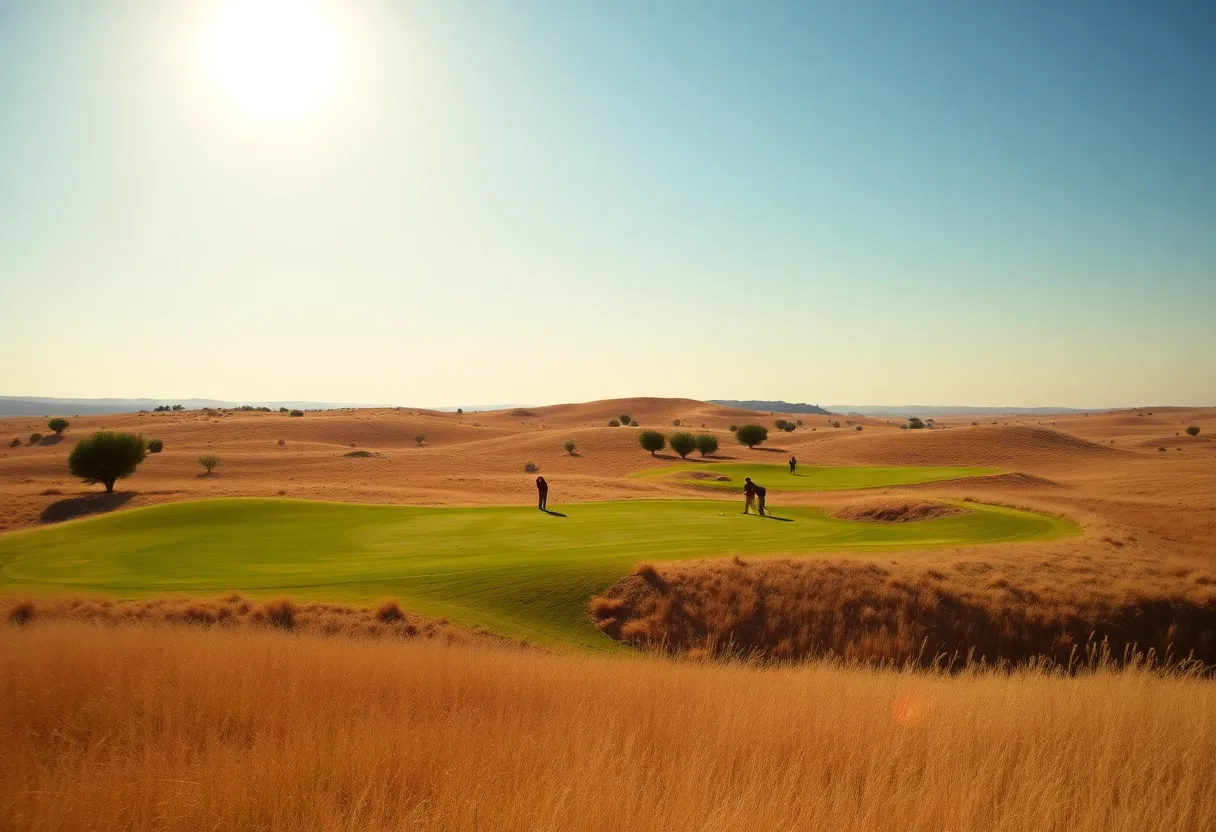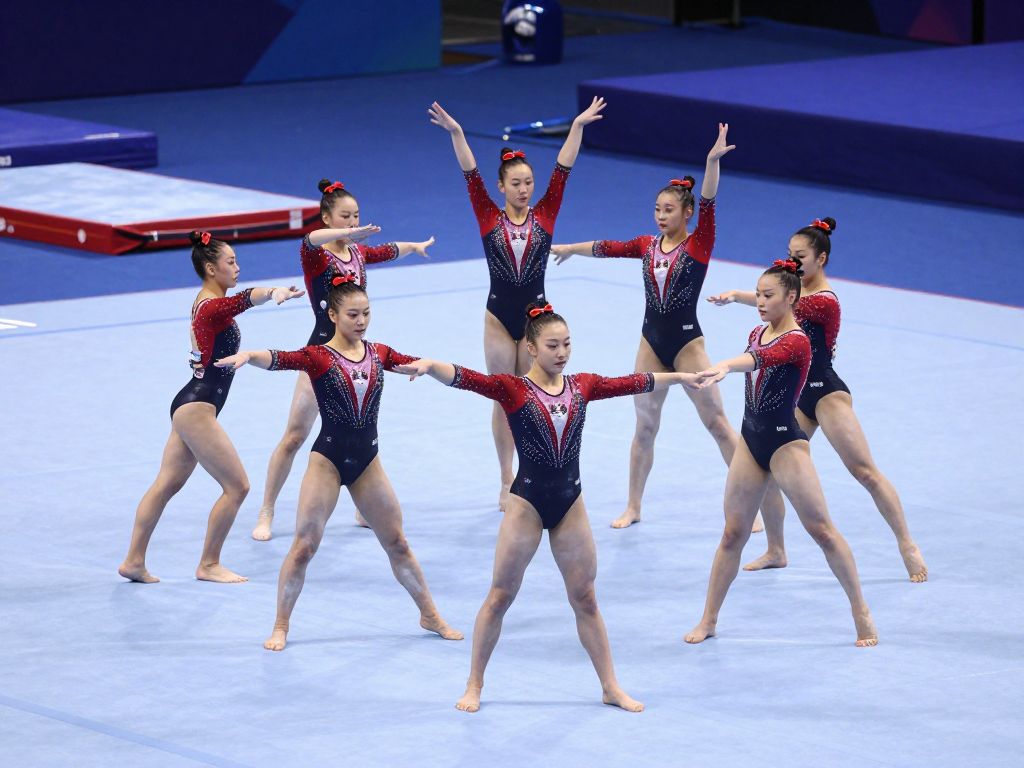Creating a Vibrant and Thriving Flower Bed in Philadelphia’s Climate
Understanding Philadelphia’s Climate and Its Implications for Gardening
Creating a successful flower bed in Philadelphia demands a thorough understanding of its climate characteristics. Situated primarily within USDA Hardiness Zone 6b, Philadelphia experiences a blend of hot, humid summers and cold winters. Average summer temperatures frequently surpass 90°F (32°C), creating heat stress for many plants. Conversely, winters can bring temperatures below 10°F (-12°C), posing a significant threat to less hardy plants.
This temperature fluctuation underscores the need for selecting perennials that are both heat-tolerant and cold-hardy. Proper plant selection ensures a resilient, low-maintenance garden capable of providing a continual display of color across seasons.
Key Criteria for Selecting Suitable Perennials in Philadelphia
When designing a flower bed in such a climate, focus on plants that can endure the extremes. Critical factors include:
- Heat Tolerance: Ability to withstand summer heat and humidity without deteriorating.
- Cold Hardiness: Capability to survive winter frosts and rebound in spring.
- Soil Adaptability: Preference for the native, often well-drained and slightly acidic to neutral soils.
- Low Maintenance: Resilience against pests, diseases, and drought conditions enhances garden sustainability.
Top Perennials for Philadelphia Gardens
Black-Eyed Susan (*Rudbeckia hirta*)
This native perennial ignites garden beds with vibrant yellow petals and dark centers. Blooming from mid-summer through fall, it thrives in full sun and well-drained soils. Its drought tolerance and robustness make it a prime choice. It also attracts butterflies, supporting local pollinator populations.
Purple Coneflower (*Echinacea purpurea*)
Renowned for its daisy-like purple flowers with prominent central cones, this perennial provides a long-lasting summer bloom. It prefers full sun and well-drained soil, showing resilience against heat and drought. Additionally, it offers seeds for birds and has medicinal properties.
Daylilies (*Hemerocallis*)
Available in a wide spectrum of colors and forms, daylilies are renowned for their adaptability and extensive blooming period during summer. They tolerate a variety of soil conditions and require minimal care once established, making them versatile for Philadelphia gardens.
Sedum (*Sedum* sp.)
Also known as stonecrop, sedums are succulents that excel in full sun and well-drained or drought-prone areas. Their late-season star-shaped flowers and foliage interest extend into autumn. Salt and drought tolerant, sedums are ideal for xeriscaping or low-water landscapes.
Bee Balm (*Monarda didyma*)
Bee balm produces striking red, pink, or purple flowers during mid-summer. It prefers full sun to partial shade and consistently moist, well-drained soil. Beyond its visual appeal, bee balm attracts hummingbirds and butterflies, enriching local pollinator diversity.
Shasta Daisy (*Leucanthemum × superbum*)
With white petals surrounding cheerful yellow centers, Shasta daisies bloom from early to late summer. They thrive in full sun and well-drained soil, providing a classic, bright element to perennial borders.
Best Practices for Planting and Maintenance
Soil Preparation
Ensure well-drained, nutrient-rich soil. Conduct a soil test to determine pH and nutrients, aiming for a soil pH between 6 and 7. Amendments with compost or organic matter improve fertility and structure.
Planting Schedule
Spring and fall are ideal planting times for most perennials. Spring planting allows plants to establish during mild temperatures, while fall planting offers natural cold stratification, facilitating root growth. For spring bloomers, planting in late summer or early fall is optimal.
Watering and Mulching
Immediately after planting, water thoroughly to settle the soil. During dry spells, consistent watering ensures proper root establishment. Mulching with 2-3 inches of organic material conserves moisture, suppresses weeds, and maintains uniform soil temperature. Keep mulch a few inches away from plant stems to prevent rot.
Deadheading and Division
Regularly removing spent flowers promotes prolonged blooming. Every 3-4 years, divide clumping perennials to prevent overcrowding, rejuvenate growth, and maintain vigor.
Design Strategies for a Colorful and Balanced Flower Bed
Sunlight Assessment
Observe the garden area to identify sun exposure. Most perennials prefer full sun, receiving at least 6 hours of direct sunlight daily. Some, like bee balm, tolerate partial shade, especially in the hottest part of summer.
Color and Bloom Time Planning
Choose a palette aligned with your aesthetic goals. Incorporate plants that bloom at different times to ensure continuous color, from early spring to late fall. Using contrasting colors enhances visual interest and vibrancy.
Layering and Spacing
Place taller plants at the back or center of beds and shorter plants in front. Follow spacing recommendations based on mature size to facilitate growth and air circulation, reducing disease risk.
Soil and Moisture Compatibility
Select plants suited to your soil’s moisture level. For dry soils, pick drought-tolerant varieties like sedum. For moist or wet soils, include moisture-loving plants like bee balm or native asters.
Additional Considerations for a Resilient Garden
- Pest and Disease Management: Monitor for pests such as aphids or Japanese beetles. Use organic control methods and encourage beneficial insects.
- Seasonal Interest: Incorporate plants with ornamental foliage, berries, or structural features to maintain appeal during dormancy or off-peak blooms.
- Local Resources: Use regional nurseries and extension services for tailored advice and plant selections.
Conclusion
By carefully selecting hardy, region-compatible perennials and following sound planting practices, gardeners can create a colorful, resilient flower bed that endures Philadelphia’s unpredictable weather. Proper planning, soil management, and maintenance are key to achieving a vibrant landscape that flourishes year after year with minimal effort.
Frequently Asked Questions (FAQ)
Which perennials are best suited for Philadelphia’s climate?
Black-eyed Susan, purple coneflower, daylilies, sedum, bee balm, and Shasta daisies are among the most suitable perennials. They are resilient to Philadelphia’s hot summers and cold winters.
How should I prepare my soil for planting perennials?
Conduct a soil test to determine pH and nutrient levels. Amend the soil with organic matter such as compost to achieve a pH between 6 and 7 and improve fertility. Ensure good drainage and avoid soil compaction.
When is the optimal planting time for perennials in Philadelphia?
The best times are in spring (April to early June) and fall (September to November). Spring planting allows roots to establish before summer heat, while fall planting benefits from cooler weather and autumn rains.
What maintenance practices are essential for a healthy perennial flower bed?
Regular watering, mulching, deadheading, and dividing perennials every few years are vital. Additionally, monitoring for pests and diseases helps maintain plant health.
Key Features of a Thriving Philadelphia Perennial Garden
| Feature | Description |
|---|---|
| Climate Resilience | Selection of heat and cold-hardy plants suited for USDA Zone 6b’s temperature extremes. |
| Soil Compatibility | Rich, well-drained, slightly acidic to neutral soil for optimal growth. |
| Bloom Diversity | Staggered bloom times for continuous color; includes early, mid, and late-season flowers. |
| Maintenance Ease | Practices like deadheading, dividing, and mulching minimize ongoing effort. |
| Pollinator Attraction | Native perennials that support bees, butterflies, and birds, enhancing ecological value. |
Author: STAFF HERE PHILADELPHIA WRITER
The PHILADELPHIA STAFF WRITER represents the experienced team at HEREPhiladelphia.com, your go-to source for actionable local news and information in Philadelphia, Philadelphia County, and beyond. Specializing in "news you can use," we cover essential topics like product reviews for personal and business needs, local business directories, politics, real estate trends, neighborhood insights, and state news affecting the area—with deep expertise drawn from years of dedicated reporting and strong community input, including local press releases and business updates. We deliver top reporting on high-value events such as Mummers Parade, Philadelphia Flower Show, and Thanksgiving Day Parade. Our coverage extends to key organizations like the Greater Philadelphia Chamber of Commerce and United Way of Greater Philadelphia, plus leading businesses in telecommunications, food services, and healthcare that power the local economy such as Comcast, Aramark, and Children's Hospital of Philadelphia. As part of the broader HERE network, we provide comprehensive, credible insights into Pennsylvania's dynamic landscape.





